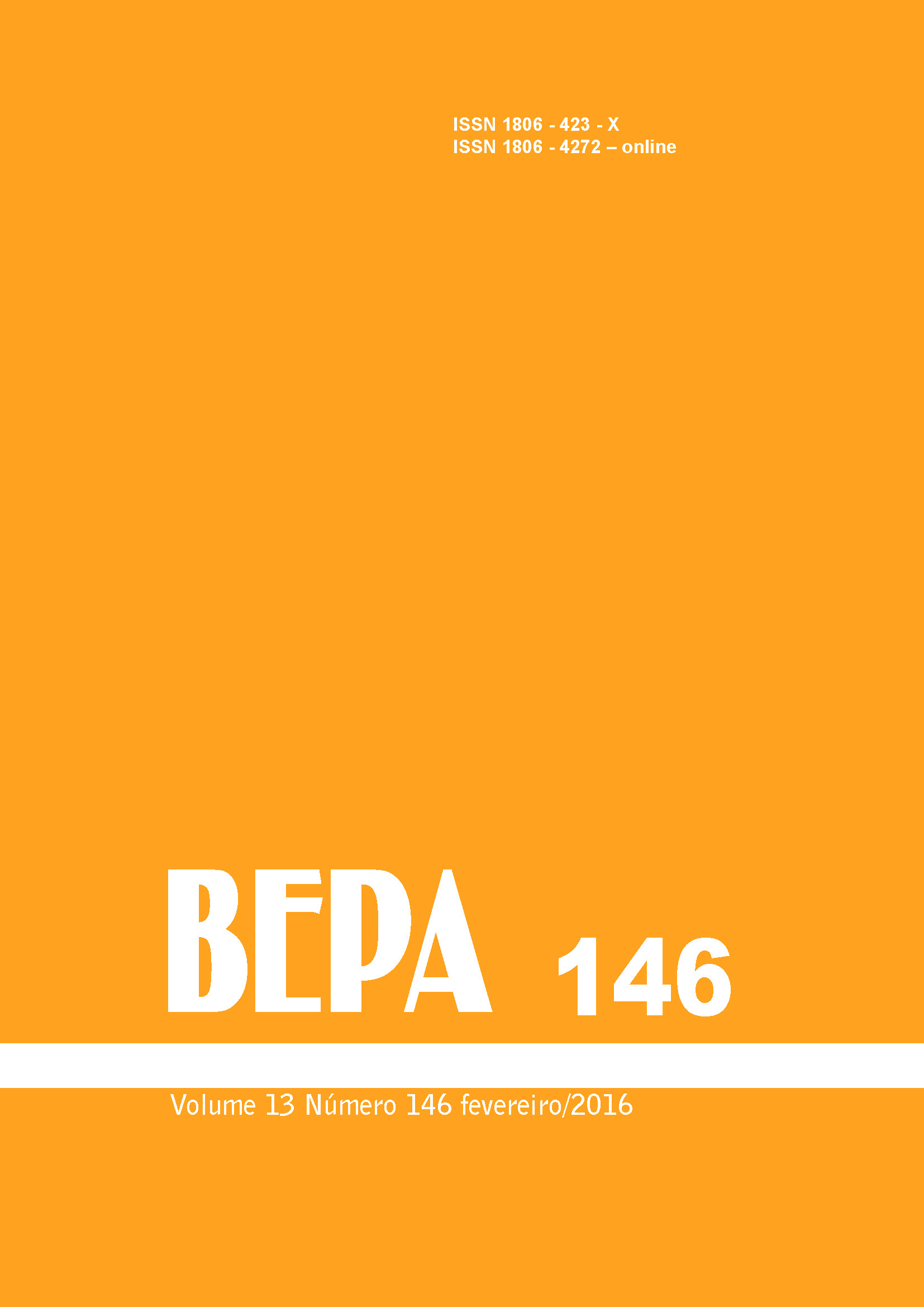Abstract
Introduction: Mortality Information System (MIS) is an important tool and can be applied for the population health analisys, to support for the management and planning of interventions in healthcare. With the implementation of the Unified Health System (SUS), new assignments were initiated on the municipalities, such as organizing and coordinating health information systems, as the use of epidemiology to establish priorities. Objective: to describe the MIS decentralization in the counties based on 6 dimensions: professional profile, physical structure, technical training, work process, system management, dissemination of data, difficulties and benefits of decentralization. Methods: electronic questionnaire was applied to 645 technical experts in each municipality. The municipalities were grouped by population size: Group 1, ≤30,000; Group 2, 30,001-200,000 and Group 3, >200,000 inhabitants. Data analysis used descriptive statistics, with distribution and measures of central tendency. Chi-square test and A NOVA were used to compare proportions and averages, respectively, between groups. Results: 584 municipalities responded (90.5%), 91.0% of Group 1, 88.7% of Group 2 and 92.5% of Group 3. The predominant profile of responsible technicians for all groups were: female , mean age 39.3 years, college education, nurse, and permanent employed with more than three years work on the MIS. In Group 1 the MIS was allocated in Epidemiologic Surveillance service, the team has 1 professional, the structure has 1 computer with older operating system, received training about the system, 30% carry out active search for underreported deaths , do not use reports from the system and has difficulty in codifying the causes of death, data is used by the Primary Care and indicate that decentralization brings many benefits. In Group 2 the MIS is also allocated to the Epidemiological Surveillance, their teams have 2-3 professionals, have a computer with new operating system version, received training about the system, review of blank fields on the death certificate, use reports from the system and has difficulty in codifying the cause of death. The data are used by the Maternal and Infant Death Investigation Committee for planning and agreement, and indicate little benefit in attracting information of deaths outside the municipality. In Group 3, the MIS is allocated in Information Sector, have teams with 2-5 professionals, 2 computers, new computer operating system installed, qualified professionals, areas that used the data are Action Planning and Secretary Health , present few difficulties and point out the many benefits the system decentralization. Conclusion: The MIS is widely used in the counties and consolidated in Group 3, but problems remain for the adequate system operation and coding of cause death in Group 1 and 2. We recommend more attention from the regional and state level to these issues management and professional training

This work is licensed under a Creative Commons Attribution 4.0 International License.
Copyright (c) 2016 Cátia Martinez Minto Martinez Minto, Zilda Pereira da Silva (orientadora)
